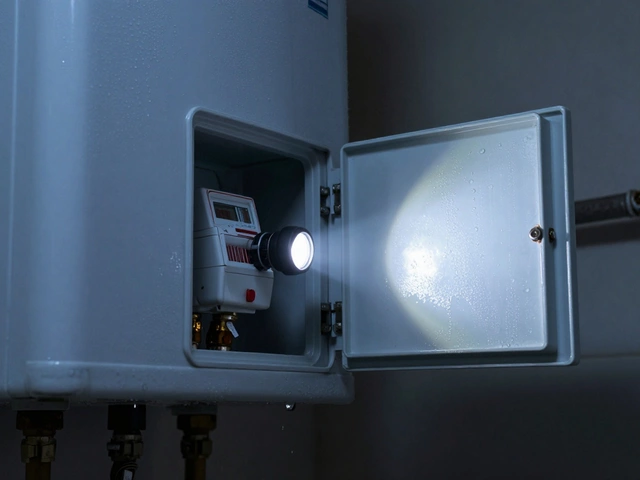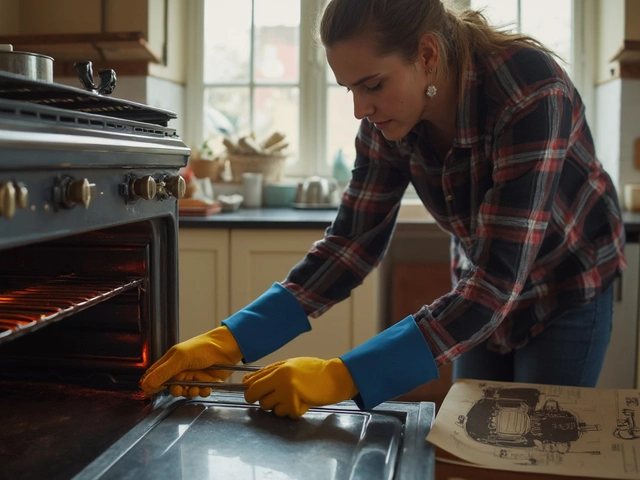Is It OK to Leave an Extractor Fan On? Safety, Energy, and Longevity Explained
December 21 2025Washer Problems? Simple Solutions and When to Call a Pro
If your washing machine is acting up, you’re probably wondering what’s wrong and if you can sort it yourself. The good news is many issues are easy to spot and fix without calling anyone. Below we break down the most common washer problems, quick checks you can do at home, and the points where a qualified engineer becomes essential.
Common Issues and DIY Checks
1. Won’t spin or tumble. First, make sure the load isn’t too heavy – an overloaded drum can stop the spin cycle. Open the lid and give the drum a gentle shake; if it feels loose, the drive belt might be worn. Check the lid switch (or door lock on front‑loaders); if it’s faulty, the machine thinks the door is open and refuses to spin.
2. Not draining. Look at the drain hose – it should be free of kinks and positioned at the right height (usually 30‑45 cm above the floor). A clogged pump filter is another usual suspect; most washers have a small access panel behind the front. Place a shallow pan beneath, open the filter, and clean out any lint, coins, or hair.
3. Leaking water. Check the hoses at the back. Tighten any loose connections and inspect them for cracks. If the tub seal is leaking, you’ll often see water around the base of the machine. In that case, the seal needs replacement – a job that’s best left to a pro.
4. Excessive noise. A thumping or squealing sound can mean a foreign object (like a coin) is stuck in the drum or pump. Turn the machine off, unplug it, and look inside the drum for anything lodged in the holes. If the noise comes from the motor, the bearings might be wearing out, which requires a specialist.
5. Won’t fill with water. Verify that both the hot and cold water valves are fully open. If the inlet filters are clogged, you’ll see reduced flow. Remove the filters (usually located where the hoses connect) and rinse them under running water.
When to Call a Professional
Even if you’re handy, some problems need a certified engineer. If you notice any of these signs, stop the DIY attempts and book a visit:
- Repeated error codes on the display, especially ones you can’t decode from the manual.
- Persistent leaks after tightening hoses and replacing seals.
- Electrical smells, sparks, or tripping the circuit breaker.
- Major motor or drum issues – these involve disassembly and safety checks.
- Your washer is older than ten years and repairs keep adding up.
At Bedford Gas Appliance Repair Services we have certified gas engineers who also handle washing machine repairs. They’ll diagnose the fault, give you a clear cost estimate, and make sure the repair follows safety standards. Booking a professional can save you time, avoid further damage, and keep your warranty intact.
Bottom line: start with the easy checks – load size, hoses, filters, and obvious blockages. If the problem sticks, don’t gamble with the electricity or water; call a qualified repair service. A quick call can get your laundry back on track before the next pile of clothes shows up.
 7 May
7 May
Washer Problems: How to Diagnose Them Fast
Ever had your washing machine refuse to spin or make weird noises? This article gives you the inside scoop on diagnosing the most common washer problems without the guesswork. You'll get practical advice, easy checks you can do at home, and what to look for before calling in the pros. Catch the issue early and avoid spending a fortune on repairs. Save time, money, and maybe your favorite pair of socks.
Read More...



